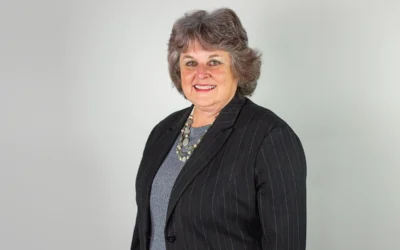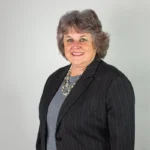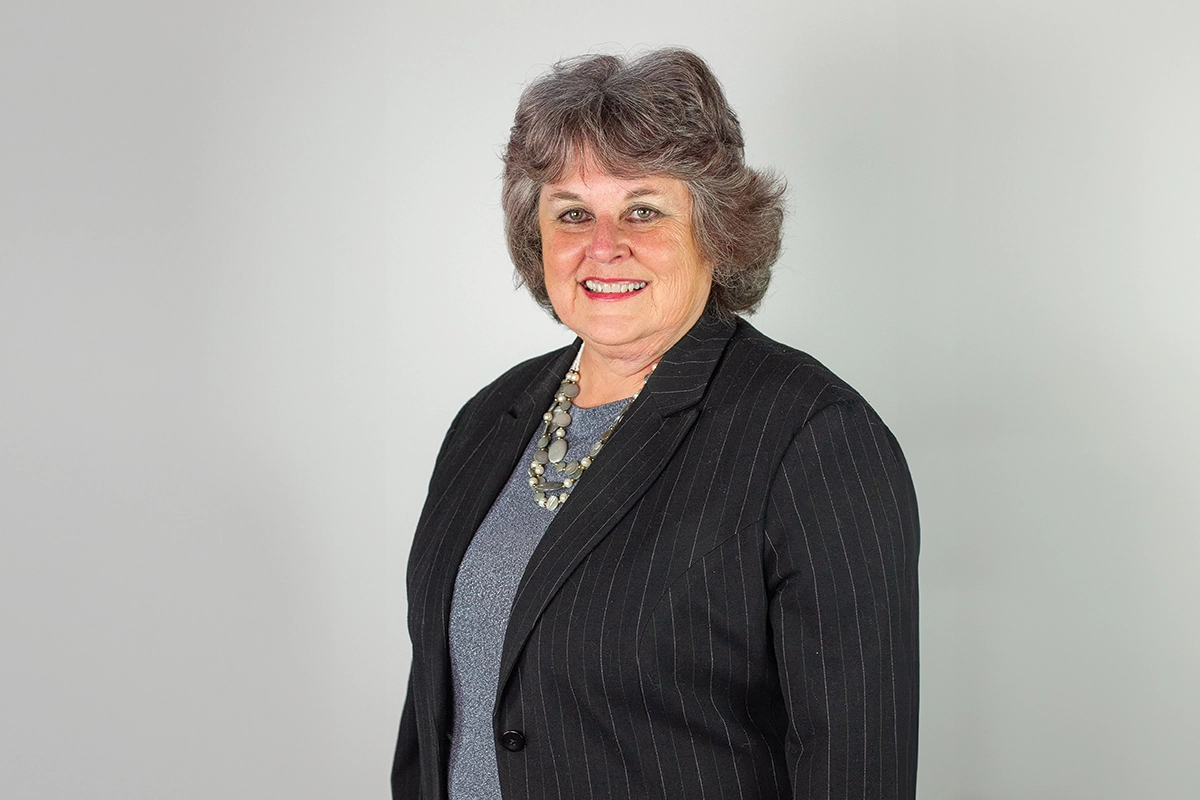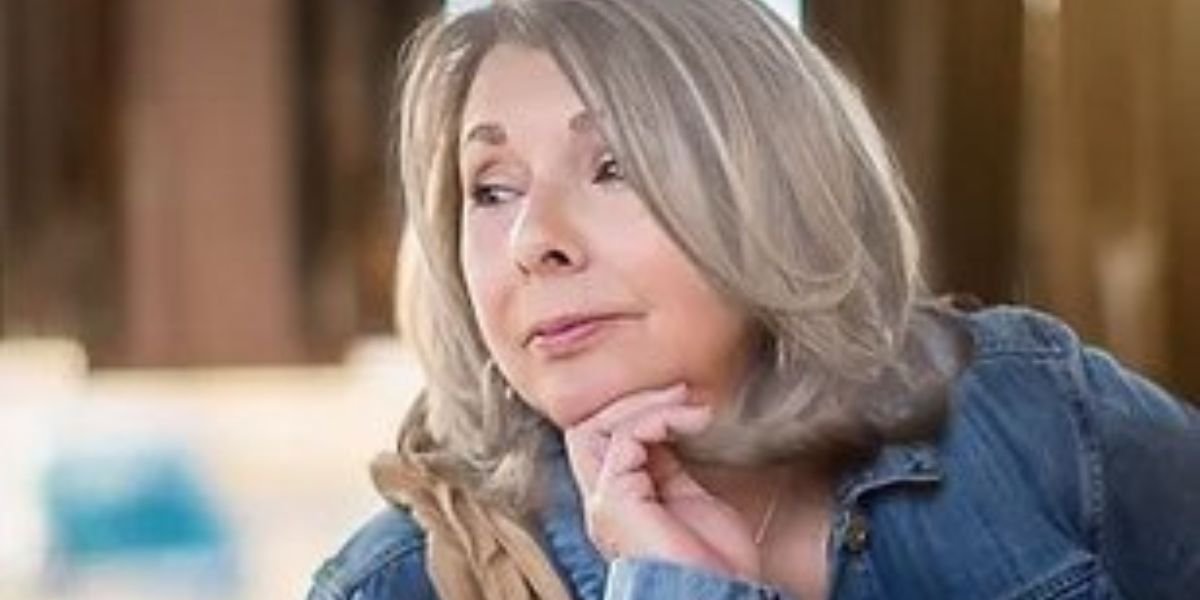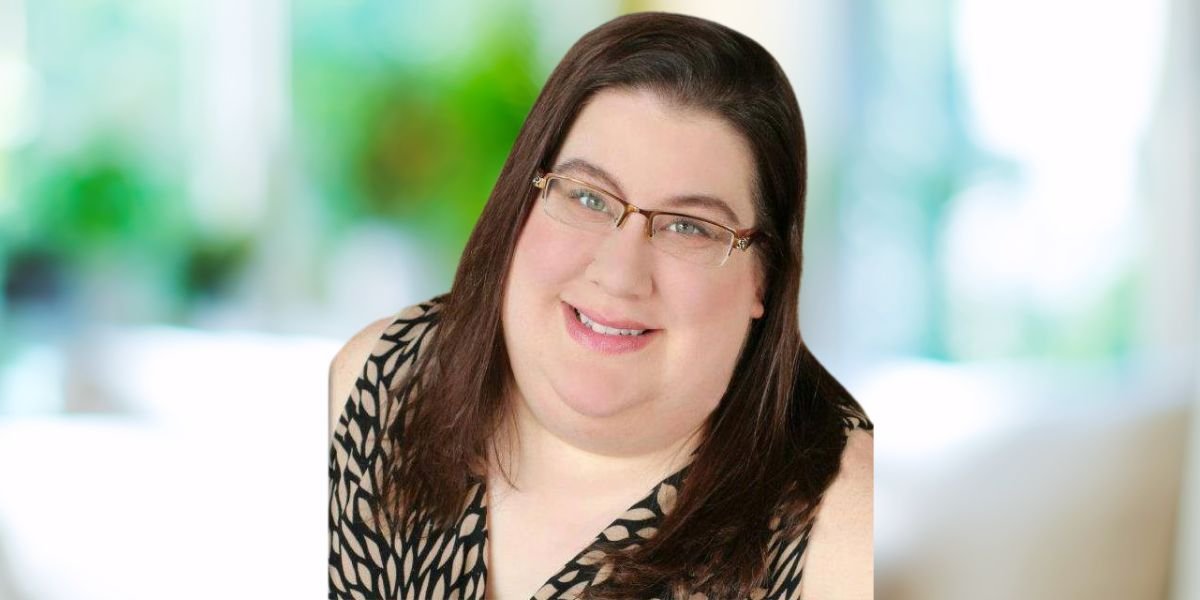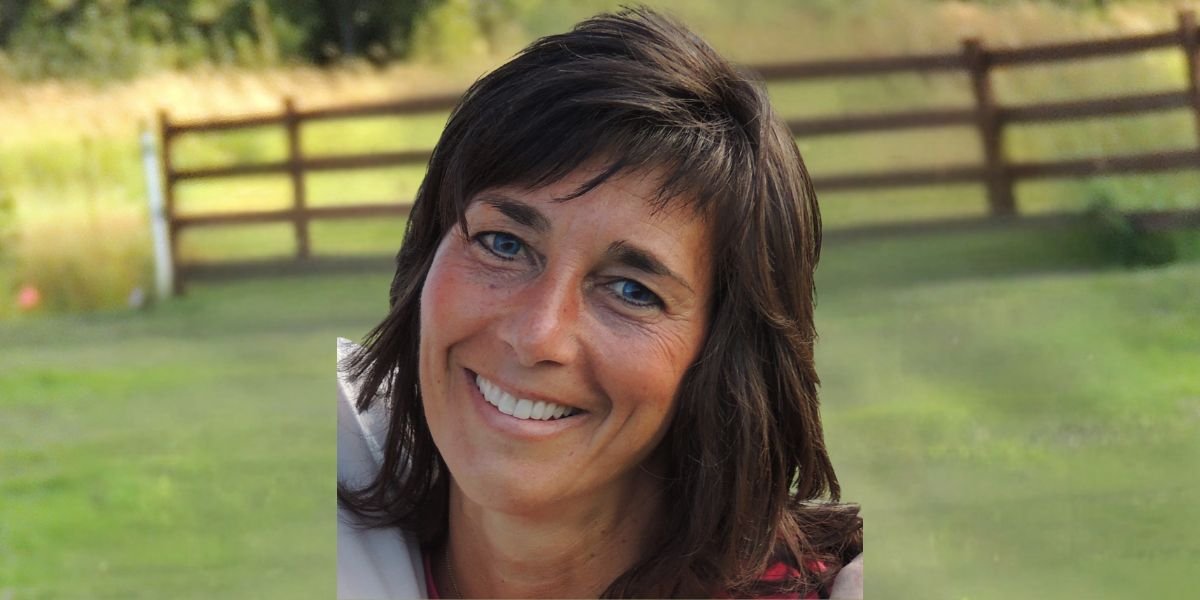Bri Mooney Weaves Magic, Trauma, and Rebellion Into Unforgettable Stories
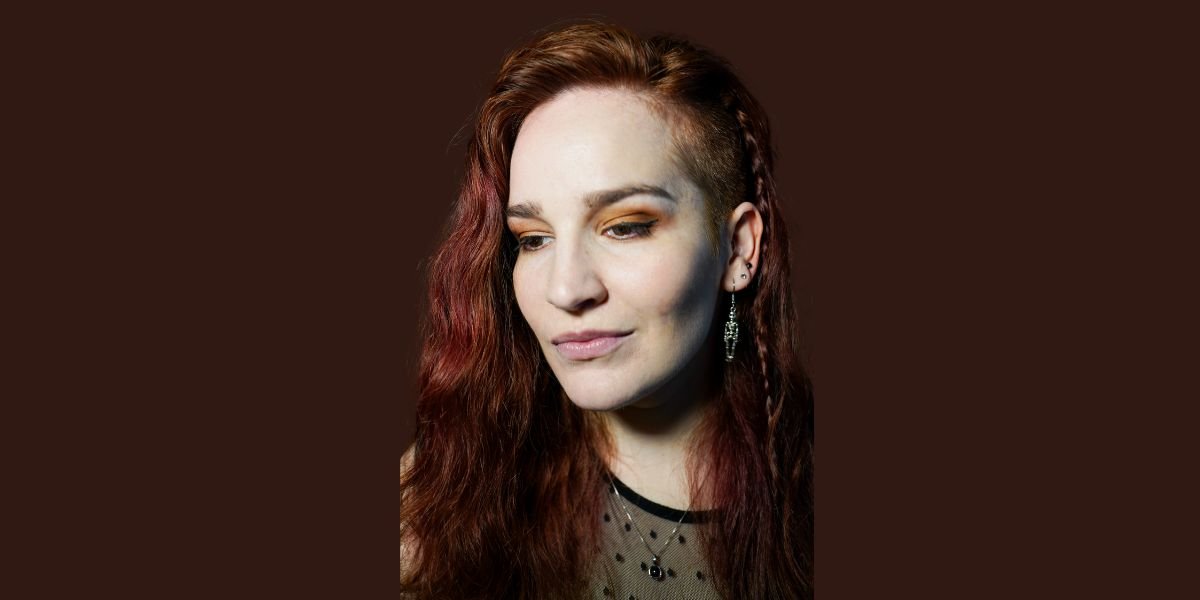
PHOTO: Author Bri Mooney Inspires Readers With Her Spellbinding Worlds And Complex Characters
Discover How Bri Mooney Brings Queer, Neurodivergent, And Complex Characters To Life Through Paranormal Romance And Dark Fantasy
Bri Mooney crafts enchanting, emotionally rich worlds where trauma becomes power, love conquers adversity, and queer, neurodivergent, and chronically ill characters thrive in magical, rebellious narratives of healing.
Bri Mooney captivates readers with stories that shimmer at the intersection of magic, trauma, and rebellion. Her novels, ranging from paranormal romance to dark and urban fantasy, are crafted with a rare blend of emotional depth and imaginative brilliance, creating worlds where scars transform into constellations and characters wrestle with both love and liberation. A true witch in art and life, Bri conjures narratives filled with queer, neurodivergent, and chronically ill characters, offering readers a profound alchemy of pain into power.
In this exclusive interview with Mosaic Digest magazine, Bri shares insights into her creative process, her intricate character development, and the mythological and personal influences that shape her Descent into Hell and Ascent From Death series. From exploring the interplay between Heaven and Hell to weaving elemental magic as a reflection of emotional states, Bri’s storytelling is both daring and empathetic. She also opens up about her commitment to authentic representation and the ways her own experiences inform her nuanced portrayals of trauma, redemption, and identity.
Bri Mooney’s storytelling transforms pain into empowerment, blending magic, romance, and fantasy with authentic, unforgettable characters.
For readers who crave worlds steeped in starlight, rebellion, and the transformative power of magic, this interview offers a rare glimpse into the mind behind the stories that leave lasting impressions long after the final page. Bri Mooney’s work is a testament to the power of storytelling to heal, challenge, and inspire.
Your stories often feature morally complex characters and intricate relationships. How do you approach character development to ensure they resonate with readers?
I use a few tools to make sure my characters feel three-dimensional and deeply relatable. While classic hero archetypes offer a helpful starting point, I prefer to assign each character an Enneagram type. It gives me a strong foundation to build from by clarifying their core wants, desires, and fears. From there, I can explore how those inner motivations shape their choices, flaws, and relationships throughout the story.
In your Descent into Hell series, the interplay between Heaven and Hell is central. What inspired you to explore this dichotomy, and how do you balance mythological elements with original storytelling?
Heaven and Hell have been at the heart of humanity’s understanding of the afterlife for so long that it’s impossible not to want to explore them. For the Descent into Hell series, I drew inspiration from the Book of Revelation to shape the prophecy and apocalypse themes. My childhood experiences growing up in Catholicism were a major influence, and I’ve woven those roots together with my current beliefs about humanity—how we form our faith and myths—alongside elements from other pantheons. The result is an ever-evolving afterlife that blends the ancient and the modern, where divine and mortal powers constantly shift and reshape each other.
Your novels frequently delve into themes of trauma, redemption, and identity. How do you ensure these sensitive topics are handled with care and authenticity?
I draw heavily from my own life, and because of that, I can’t help but approach those themes with care. When I explore topics that fall outside my personal experience, I often work with sensitivity readers to ensure I’m handling them authentically. My readers mean the world to me, and I want my stories to reflect the human experience with honesty, empathy, and thoughtfulness.
Given your background in filmmaking and photography, how do visual storytelling techniques influence your writing style and narrative structure?
Film and photography teach you to frame the shot—to decide what the viewer sees and how it’s lit, knowing that interpretation will still vary. Writing offers more freedom; so much is left to the reader’s imagination, and their own perspective inevitably shapes the story as they experience it. In many ways, writing feels like filmmaking—both demand intention and emotional truth—but prose requires a sharper focus on language to convey the same atmosphere a camera might capture in a single frame.
Your works often feature queer characters and neurodivergent representation. How important is it for you to include diverse perspectives, and what impact do you hope this has on your readers?
As a queer and neurodivergent person, representation isn’t just important to me—it’s personal. I believe that by normalizing diverse perspectives through storytelling, we can create real social change and foster greater acceptance. My worlds are filled with characters of every kind—different monsters, races, religions, and beliefs—many of them entirely invented to avoid cultural appropriation while still reflecting our shared humanity. Writing from my own lived experience allows readers like me to feel seen and understood. The feedback I’ve received from readers who connected with my autistic characters has been incredible—it’s shown me how powerful authentic representation can be in helping people feel more at home in themselves.
“Representation isn’t just important to me—it’s personal.” – Bri Mooney
In Swallow the Moon, Sigríð’s journey is marked by vengeance and reluctant heroism. What aspects of her character do you find most compelling, and how do you relate to her struggles?
Sigríð is my inner child demanding retribution. I was bullied a lot growing up for being a small redhead, and that pain absolutely fueled this series. Her story reflects the way micro and macro aggressions can accumulate until the world creates a force that can no longer be contained—in her case, a vampire turned reluctant savior. Sigríð is imperfect, angry, and unafraid, just as I once was. But unlike me, she gets her happy ending by confronting—and ultimately conquering—the forces that tried to break her.
The Ascent From Death series introduces a unique premise where a character returns from the dead to resolve unfinished business. What challenges did you face in crafting a narrative that bridges life and death?
The biggest challenge with this story was avoiding leaning too heavily into any single religion or belief system. I wanted to continue the theme I began in the Descent into Hell series—that the afterlife, deities, and divine power all stem from the sheer force of human belief. The human mind and its desires are incredibly potent, capable of shaping entire realities. Walking that fine line between myth, faith, and imagination was both difficult and rewarding, and I’m excited to keep exploring it in the next book.
Your short story Heat of the Tide explores the dynamics between fire and water elementals. What drew you to elemental magic, and how do you use it to symbolize emotional states or conflicts?
As a neurodivergent person, my relationship with anger has been a long and complicated journey. I drew on that experience when creating my elementals and their magic. Their emotions are both their greatest strength and their greatest vulnerability—fueling their power, but also threatening to consume them when left unchecked.
As a writer who enjoys blending genres, how do you decide which elements to incorporate into your stories, and how do you maintain coherence amidst diverse influences?
Paranormal, romance, and horror are my lifelong obsessions. I’ve been reading in those genres for as long as I can remember—devouring every R.L. Stine book as a kid, then diving into romance and eventually paranormal romance as a teen and adult. I’ve read so much over the years that I can often guess story endings with little effort, and that voracious appetite has helped me develop a deep understanding of these genres and their expectations. It feels almost instinctual now. I love taking those familiar tropes and twisting them—giving readers just enough to think they know what’s coming before pulling the rug out from under them.
What advice would you offer to emerging authors who aspire to write stories that blend fantasy with real-world issues, ensuring both escapism and relatability?
Remember your humanity. At the end of the day, we’re all just people running around in our flesh suits, experiencing life through the lens of our own stories. The real challenge lies in allowing for perspectives outside your own. If you don’t read diversely or consume diverse media, you can’t write diversely. So go be an astronaut, fight aliens, get sucked into a video game, fall madly in love—live a thousand different lives through books, films, and art.
“The more you explore, the easier it becomes to weave real human truth into even the most fantastical worlds.” – Bri Mooney

